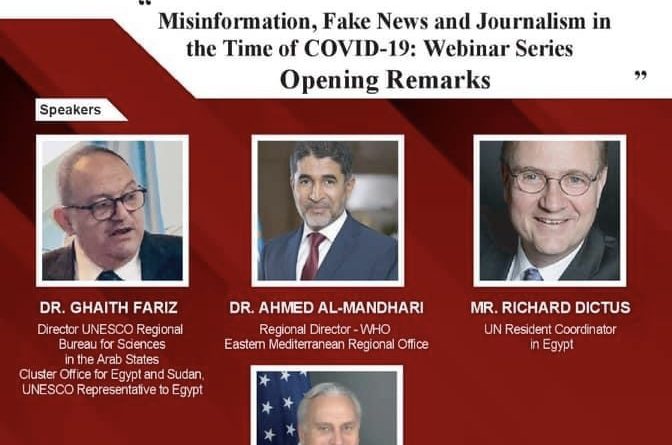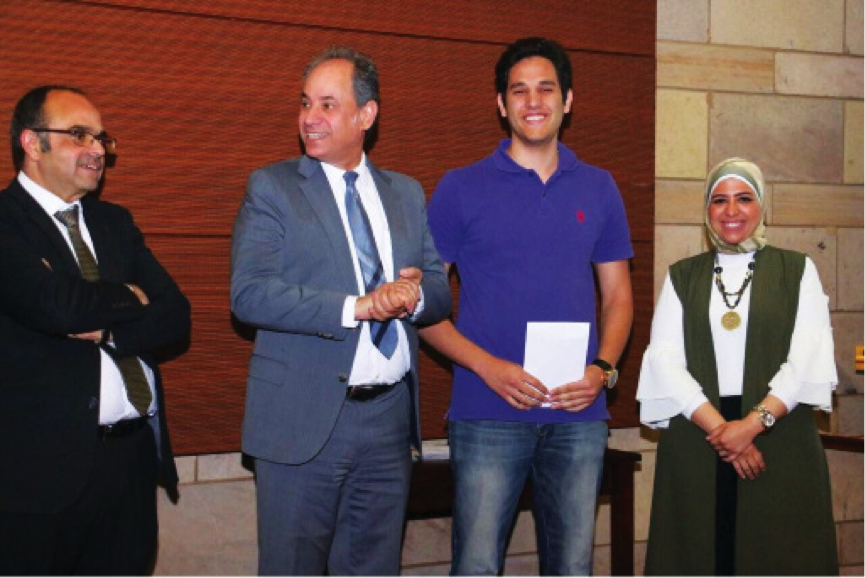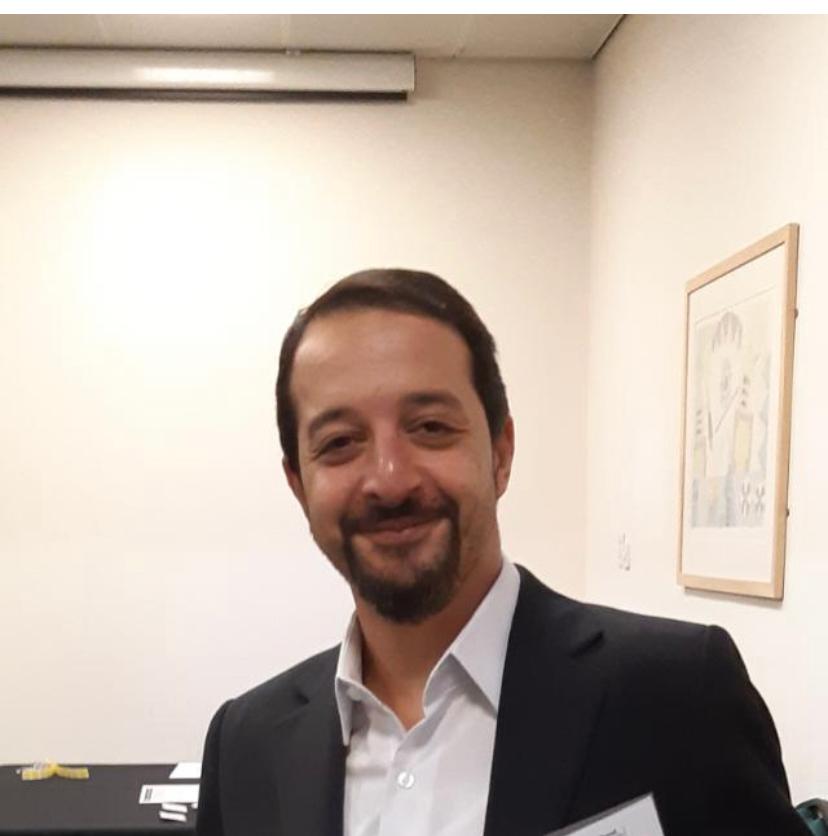Journalists Should Fight COVID-19 Misinformation, Say Experts
By: Reem Elmaghraby
@reemelmaghrabyy
The first webinar of an eight-part series that aims to examine misinformation during COVID-19 stressed the role journalists can play to combat the spread of misinformation during medical health crises such as the COVID-19 pandemic.
The September 16 webinar was a collaboration between the Kamal Adham Center of Television and Digital Journalism and the United Nations Educational, Scientific and Cultural Organization (UNESCO).
It included a wide range of speakers from different backgrounds and countries in the Arab region.
“These seminars will shed light on the creation of models that can be applied by everyone, together and as professionals in the field of media. By relying on our collective experience, we can contribute to overcoming this pandemic and their effects in a tangible way,” Senior Programme Specialist and Regional Hydrologist for the Arab States Bishar Imam said.
One of the examples of fake news that spread in the past few months was that 5G mobile technology is causing or helping the spread of COVID-19. According to the BBC, this caused many people to riot and burn down phone masts in the UK.
The first speaker, Madi Al-Khamis, secretary-general of the Arab Media Forum in Kuwait, spoke of ten points that he believed helped spread such misinformation during the pandemic.
One of the points he talked about elaborated on how we shouldn’t only accuse media outlets for spreading false information.
We should also hold big entities, such as the World Health Organization (WHO), that are considered to be a source of credible information accountable for failing to hold up to that standard during the pandemic.
“The media is both guilty and innocent […] I think the defect [spread of misinformation] is not only in the media and if we want to hold someone accountable, we should also include the many parties that helped spread false information,” Al-Khamis said.
He also stressed that journalistic credibility is in decline because most media outlets are owned by people who are not in the field of media. Instead, they are simply using journalism to carry out their own agendas, such as political influence and financial gain.
However, Shereen Sherief, a radio programs/podcast producer and presenter at BBC Arabic in London, believes that social media can be used as an advantage to stop the spread of misinformation.
“We have a lot of tools, websites and techniques that allow us to use social media to verify every photo, video, post that is available on these platforms to understand how much information is right or wrong and what is added or missing. So, it’s very useful if you learn how to use it,” Sherief told The Caravan.
Manager of Country Emergency Preparedness and International Health Regulations at WHO Regional Office for the Eastern Mediterranean Dalia Samhouri said that many people have accused WHO for spreading misinformation simply because the global health organization was constantly updating their rules as they made new discoveries about the virus.
“A lot of people said that the WHO keeps going back on what they said, but that makes sense. This virus is completely new and everyday we’re learning new things about it,” Samhouri said.
She also talked about how misinformation has been a struggle even before the pandemic occurred; however, COVID-19 has made the issue more obvious since it has had a more profound effect on daily livelihoods around the world.
She further explained that “we’re not just fighting a pandemic, we’re also fighting an infodemic” – an overabundance of information.
“An infodemic doesn’t only contain false information, it also contains correct ones; however, due to the increased amount, the consumer doesn’t know where to focus his attention to […] This leads them to not be able to differentiate between false and true information,” Samhouri said.
Samhouri mentioned other reasons for the spread of misinformation include attempting to fill an information vacuum and living in an environment of mistrust or fear.
Essam Nasr, acting dean and associate professor of the College of Communication at the University of Sharjah in UAE, said that as trust in mainstream media began to wane, most people have turned to social media, which he believes is one of the biggest sources of misinformation.
“Pictures and videos became the foundation [of how people want to consume news] so people started going to social media platforms such as Snapchat and Instagram,” Nasr said.




